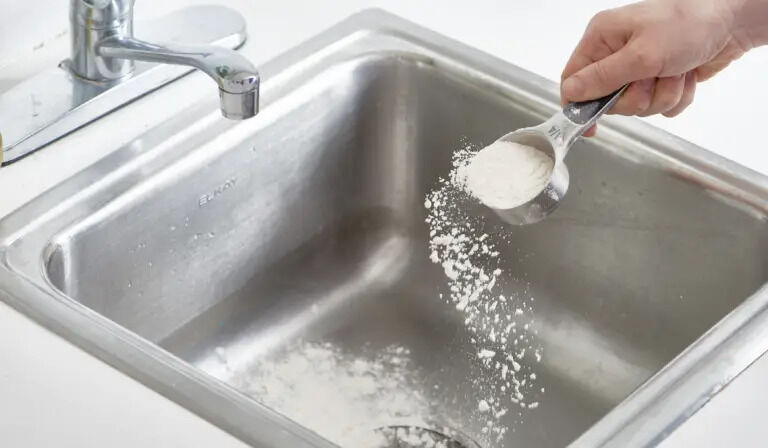ADVERTISEMENT
Perform this polishing routine regularly, about once a week, to keep your sink looking pristine.
Avoid harsh chemical cleaners or abrasive pads, which can damage the finish.
Always dry your sink after use to prevent water stains and mineral buildup.
Store your polishing cloths clean and dry to maintain their effectiveness.
Variations:
Use lemon juice instead of vinegar for a fresh citrus scent and added cleaning power.
Add a few drops of essential oils (like lavender or tea tree) to the olive oil for a pleasant aroma.
For stubborn stains, make a paste with baking soda and water, apply it to the area, let it sit 10 minutes, then scrub gently.
For extra shine, use a commercial stainless steel polish following the manufacturer’s instructions.
FAQ:
Q: Can I use toothpaste to polish my stainless steel sink?
A: Yes, non-gel toothpaste can work as a mild abrasive, but it’s best for small spots rather than the whole sink.
Q: Will olive oil make my sink slippery?
A: If used sparingly and buffed well, olive oil won’t leave a greasy residue but will enhance shine.
Q: How often should I polish my stainless steel sink?
A: Once a week or as needed to maintain shine and remove spots.
Q: Is it safe to use vinegar on stainless steel?
A: Yes, but always rinse thoroughly afterward to avoid corrosion from prolonged exposure.
Q: What causes water spots on stainless steel sinks?
A: Hard water deposits minerals like calcium that leave spots when water evaporates.
ADVERTISEMENT
